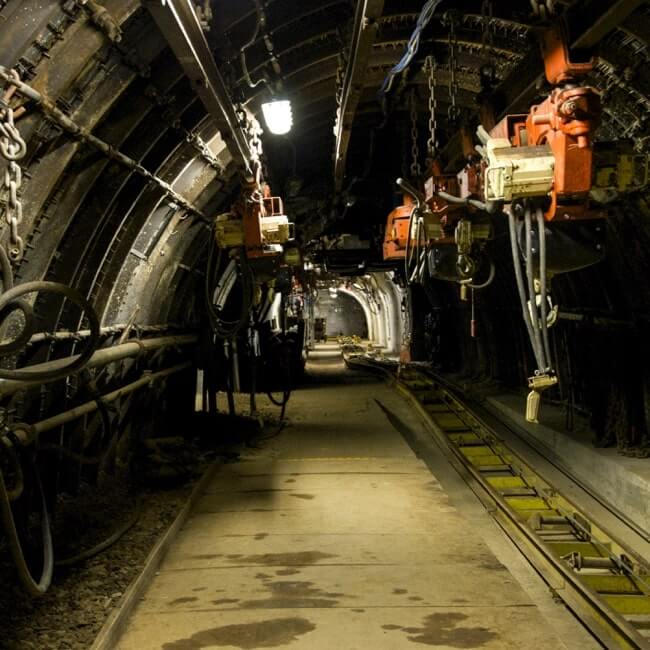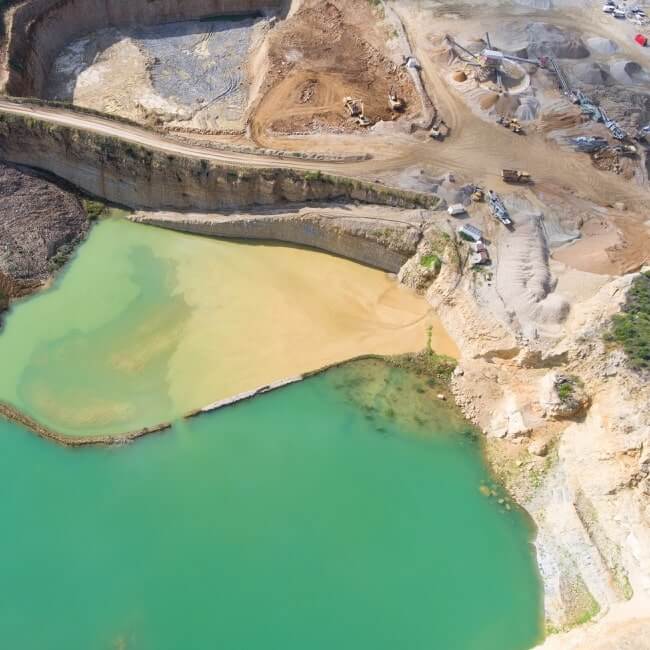Banking concentration returns to the spotlight in Brazil

Major Brazilian banks continue to post record profits, which analysts think is related to the segment’s high concentration, in some cases encouraging abusive interest rates.
Last month, the central bank reduced its base rate to 6% from 6.5%, in a scenario of low inflation and absent economic growth.
According to economists, the easing cycle would remain during some time, with the base rate - crucial to calculate normal bank loans - projected to reach 5.25% by year-end.
But even with this low central bank rate, commercial banks maintain high rates on their loans.
The average annual interest rate banks charged – excluding loans from development bank BNDES – was 38.3% in June, according to the latest central bank figures. Companies pay on average 18.7% on a bank loan, while individuals pay 53.2%.
The five largest players, state-run banks Banco do Brasil and Caixa, and private banks Itaú Unibanco, Bradesco and Santander Brasil, command a combined asset market share of around 80%.
Amid renewed pressures, banking federation Febraban announced a second edition of a report on the high interest rates of commercial banks, arguing that only a small portion of the interest rate spread is a profit.
Most of the spread is related to costs that banks incur in their role as financial intermediaries, including administrative expenses and costs related to taxes, regulations and the recovery of bad loans, according to Febraban.
“An improvement in the economic situation will allow the continuation of the banks’ interest rate reduction movement. Just like last year, we want a Selic fall to be accompanied by an even bigger and more significant drop in interest rates for households and businesses,” Febraban president Murilo Portugal said. “We have all - government, congress, judiciary, society and banks - tasks ahead to achieve this common goal.”
However, analysts remain doubtful.
“In Brazil, high banking concentration damaged the economy, mainly in periods of weak activity as the transmission channels of an expansionary monetary policy narrowed, as major banks avoid to transfer the full reduction of the base rate to all clients,” Luis Miguel Santacreu, a banking analyst at local rating agency Austin Ratings, told BNamericas.
“Few countries in the world have banks so powerful as in Brazil. Major banks dominate the segment as commercial banks, insurers, credit card firms and investment banking units,” Santacreu added.
He underscored that the government has not much power to confront the banks, because through their respective investment funds - which hold large amounts of government bonds - local banks are also the largest government creditors.
ARE FINTECHS A THREAT TO MAJOR BANKS?
Analysts and bank officials previously agreed that fintechs will definitely shake up the market, but experience shows that will not necessarily come to pass as previous challenges to banking concentration remained inconsequential, for various reasons.
From the late 1990s through 2005, some international players entered Brazil on the wave of privatizations of local state-owned banks.
Titans such as Citibank, HSBC and Santander expanded their footprint but after a period of competition, just Santander remained among the top 5 local banks in terms of assets.
Medium-sized banks started an offensive against big players between 2005 and mid-2008, after a series of IPOs on the local stock exchange, but the global financial crisis put an end to that.
Then, at the start of the current decade, the Workers’ Party administrations used major state-run banks to force competition and jump-start the economy. But deterioration of the banks’ loan portfolio forced the government to abandon the practice.
Fintechs and digital banks emerge only as the latest challengers.
“If we look at fintechs, currently the competition is centered on banking services linked with payments. This tends to pressure bank tariffs, but so far, fintechs have not much size and relevant capital to compete against major banks in terms of loans,” Santacreu said.
“Only real competition in the loans market will make a difference and transform the segment. Otherwise, in the future we will continue to discuss here how Brazil’s banking industry is so concentrated and why fintechs work only in certain limited areas.”
Subscribe to the leading business intelligence platform in Latin America with different tools for Providers, Contractors, Operators, Government, Legal, Financial and Insurance industries.
News in: Political Risk & Macro (Brazil)

The Brazilian energy transition's glass ceiling
The environmental agenda and the energy transition are expected to be among the central themes of the G20 summit. But though it seems to be ahead o...

Brazil water companies lobbying to block tax reform proposals
Earlier this year, the lower house approved the tax reform framework, which is now under consideration in the senate.
Subscribe to Latin America’s most trusted business intelligence platform.
Other projects
Get key information on thousands of projects in Latin America, from current stage, to capex, related companies, key contacts and more.
- Project: Suape port container terminal (Tecon 2)
- Current stage:

- Updated:
3 days ago
- Project: Cerro Quema
- Current stage:

- Updated:
3 days ago
- Project: Header and Conduction Works for the Supply of Drinking Water to Lima
- Current stage:

- Updated:
4 days ago
- Project: Quetena
- Current stage:

- Updated:
3 days ago
- Project: Expansion of transport capacity on the Guando – Fusagasugá section
- Current stage:

- Updated:
4 days ago
- Project: Manaus - Boa Vista transmission line (Linhão de Tucuruí)
- Current stage:

- Updated:
4 days ago
- Project: Xingó water supply channel, phase 1
- Current stage:

- Updated:
4 days ago
- Project: Modernization and expansion of Puerto Tampico terminals (ex New multipurpose terminal at Tampico port)
- Current stage:

- Updated:
4 days ago
- Project: Second Expansion of Fenix
- Current stage:

- Updated:
3 days ago
- Project: Industrial Waste Management Center (CIGRI)
- Current stage:

- Updated:
4 days ago
Other companies
Get key information on thousands of companies in Latin America, from projects, to contacts, shareholders, related news and more.
- Company: Stornini S.A. (Stornini Constructora)
-
The description contained in this profile was taken directly from an official source and has not been edited or modified by BNamericas researchers, but may have been automatical...
- Company: Sainc Ingenieros Constructores S.A. (Sainc)
-
Sainc Ingenieros Constructores S.A. (Sainc) is an engineering and construction company, incorporated by Colombian businessman Francisco José de Angulo in 1976, to design and bui...
- Company: Empresa Nicaragüense de Electricidad (Enel)
-
Nicaragua's Empresa Nicaragüense de Electricidad (Enel) was created in 1994 as a state company in charge of electricity generation, transmission, distribution and commercializat...
- Company: Petrolera Cárdenas Mora, S.A.P.I. de C.V. (Petrolera Cárdenas Mora)
-
Petrolera Cárdenas Mora, S.A.P.I. de C.V. is a Mexican oil and gas exploration and production company belonging to Cheiron Holdings Limited, a subsidiary of the Egyptian indepen...
- Company: Doble Calzada Oriente S.A.S. (DCO)
- Company: Servicio de Salud Concepción
-
Servicio de Salud Concepción provides medical services in Concepción, which is Chile's second largest city with a population of over 220,000, and in surrounding areas like Lota,...
- Company: Servicio de Salud Coquimbo
-
Coquimbo Health Service is a decentralized state body, dependent on the Ministry of Health, that provides health care in northern Chile's Coquimbo region. Its health facilities ...
- Company: Movimientos Industriales de la Construcción S.A. de C.V. (MICSA)
-
Movimientos Industriales de la Construcción S.A. de C.V. (Micsa) is a construction company based in the city of Guanajuato. Projects in which the company has been involved inclu...
- Company: Consorcio Interestadual de Desenvolvimento Sustentável do Nordeste (Consorcio Nordeste)
-
The description included in this profile was taken directly from an AI source and has not been edited or modified by BNamericas researchers. However, it may have been automatica...




